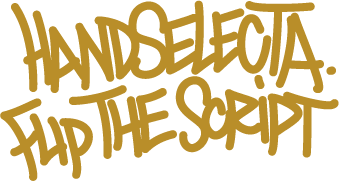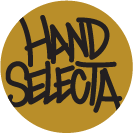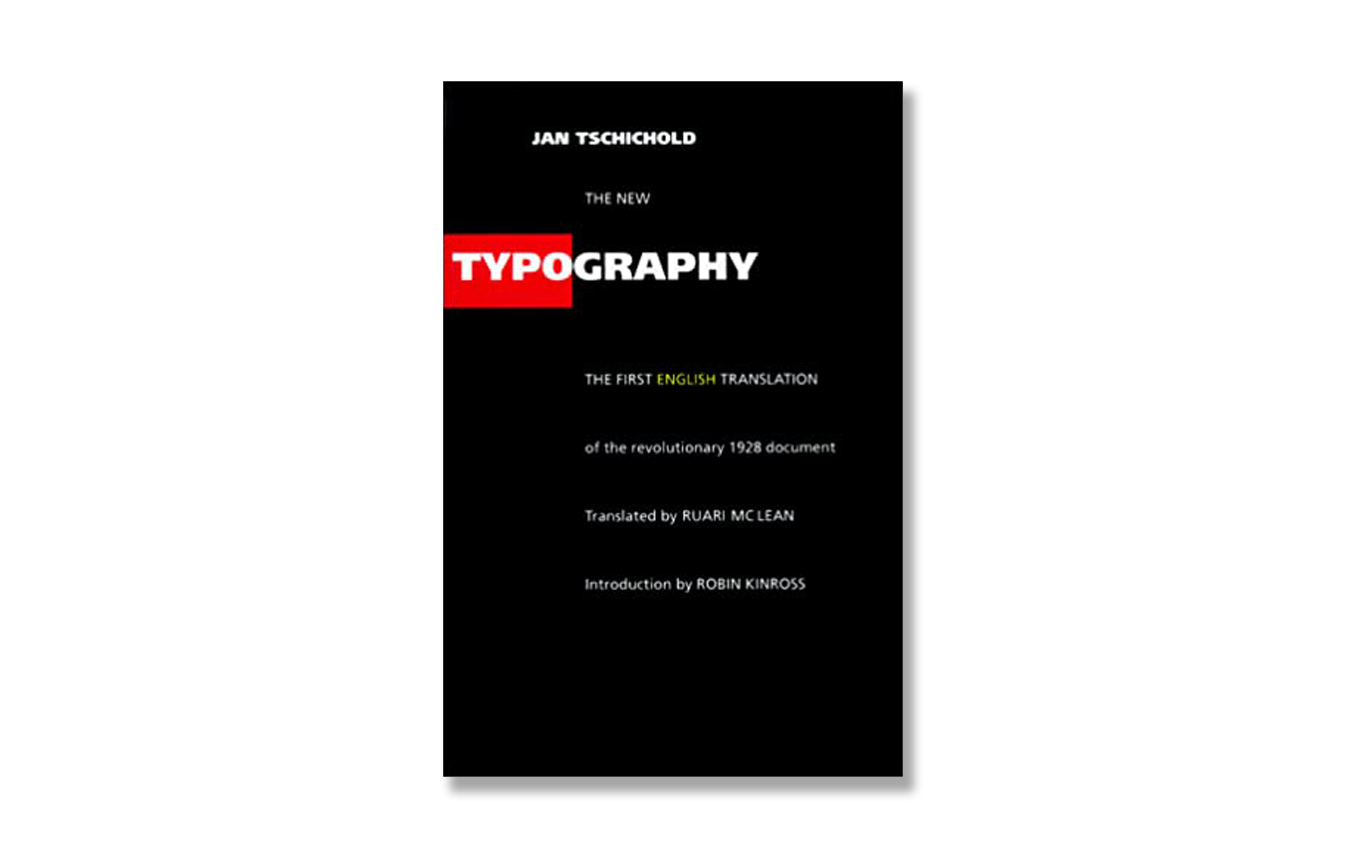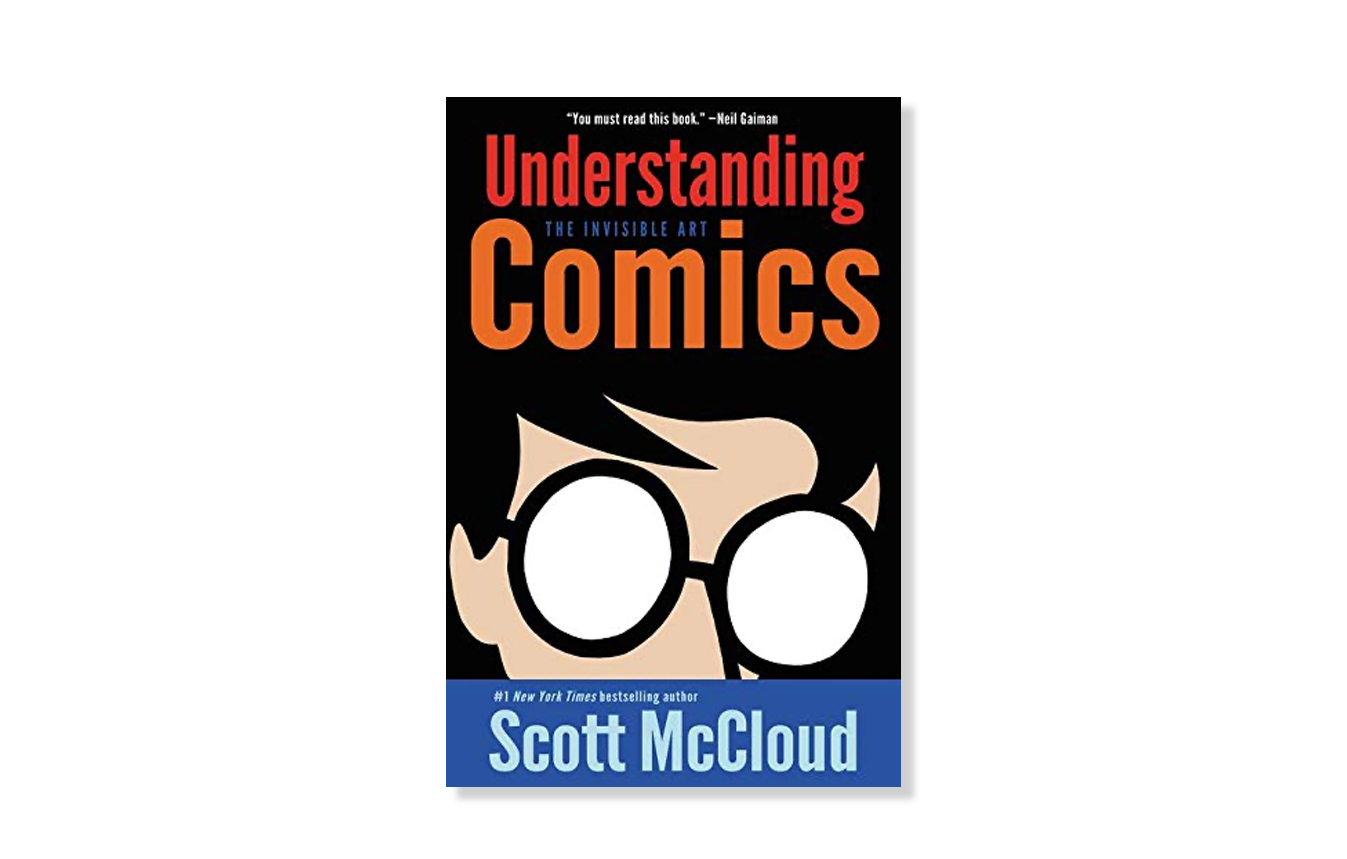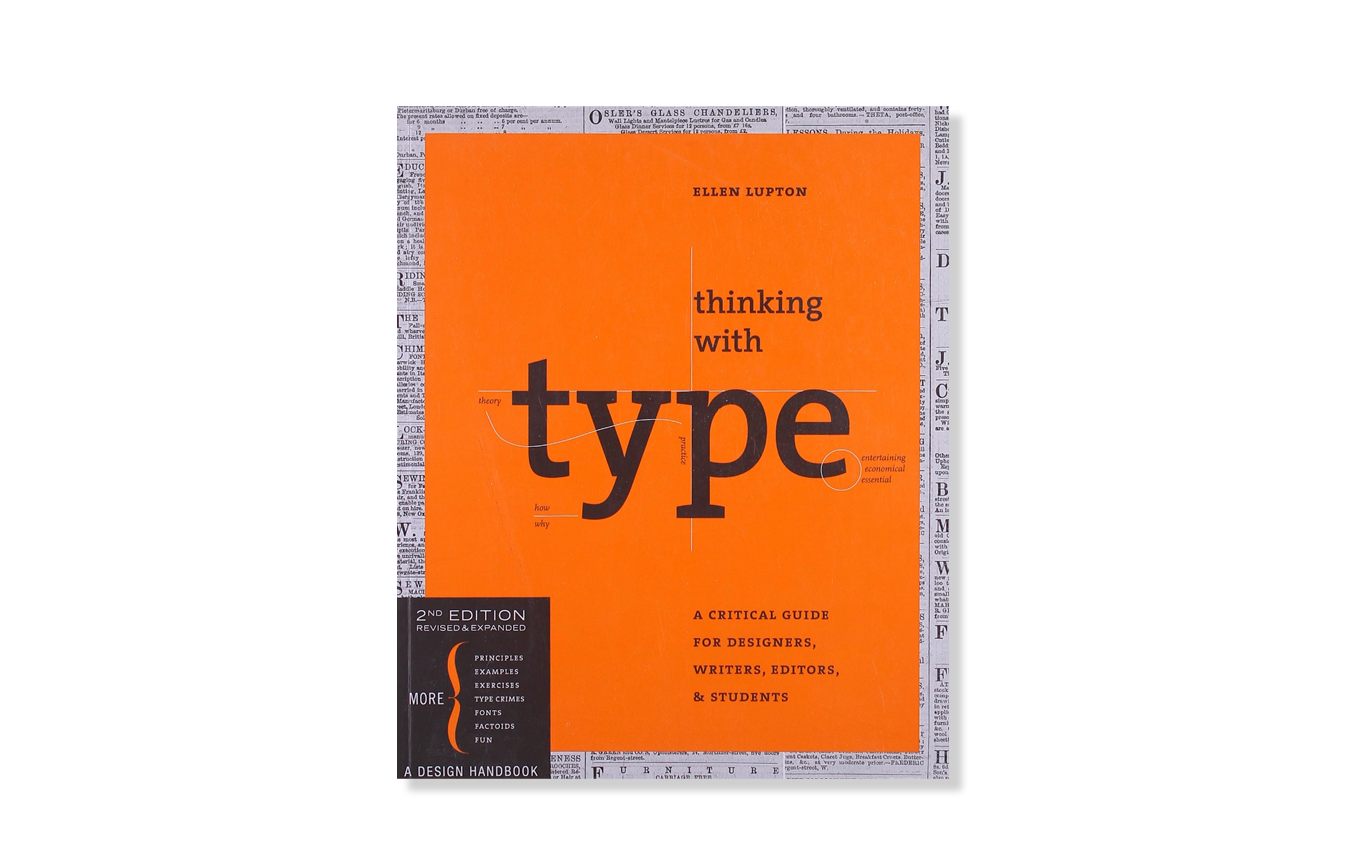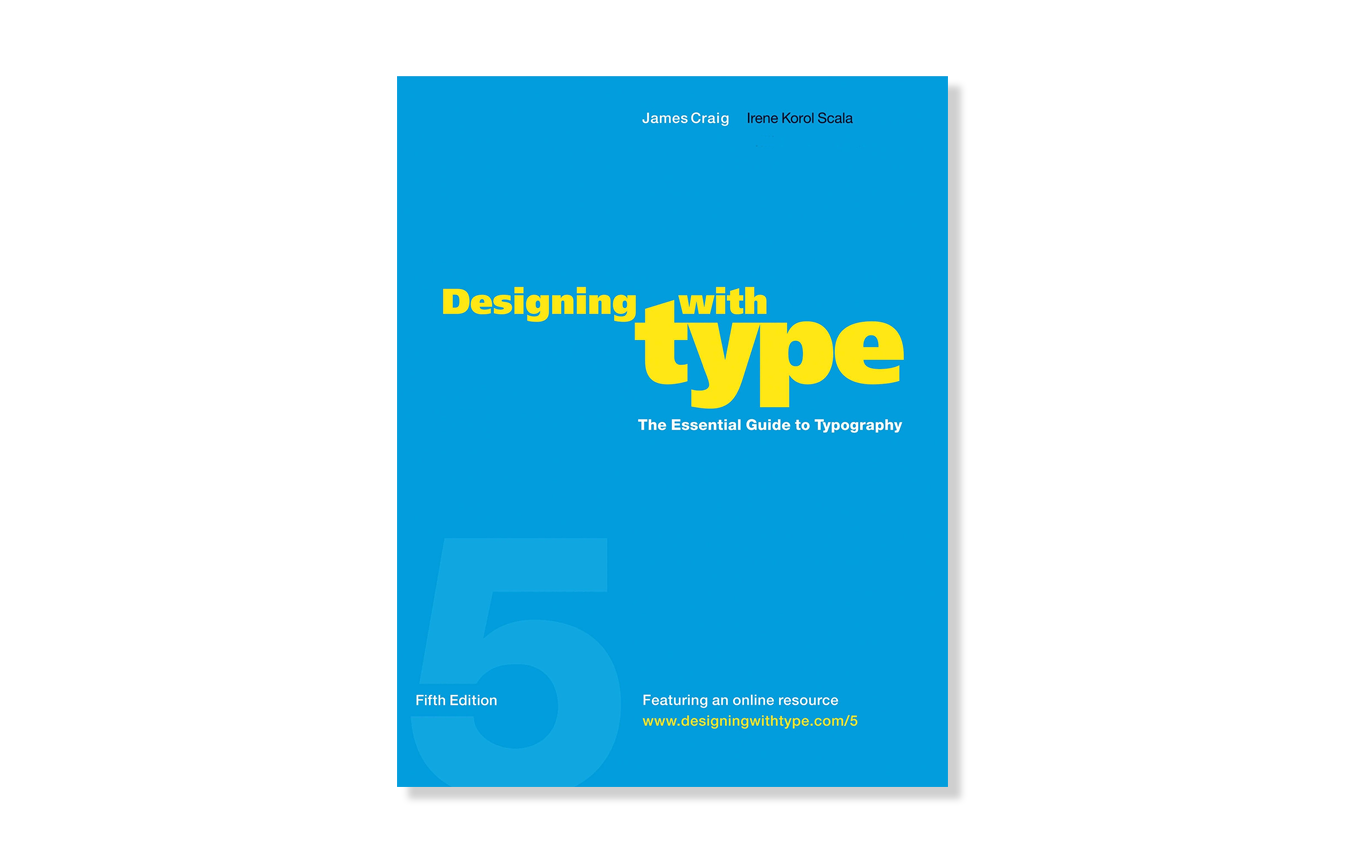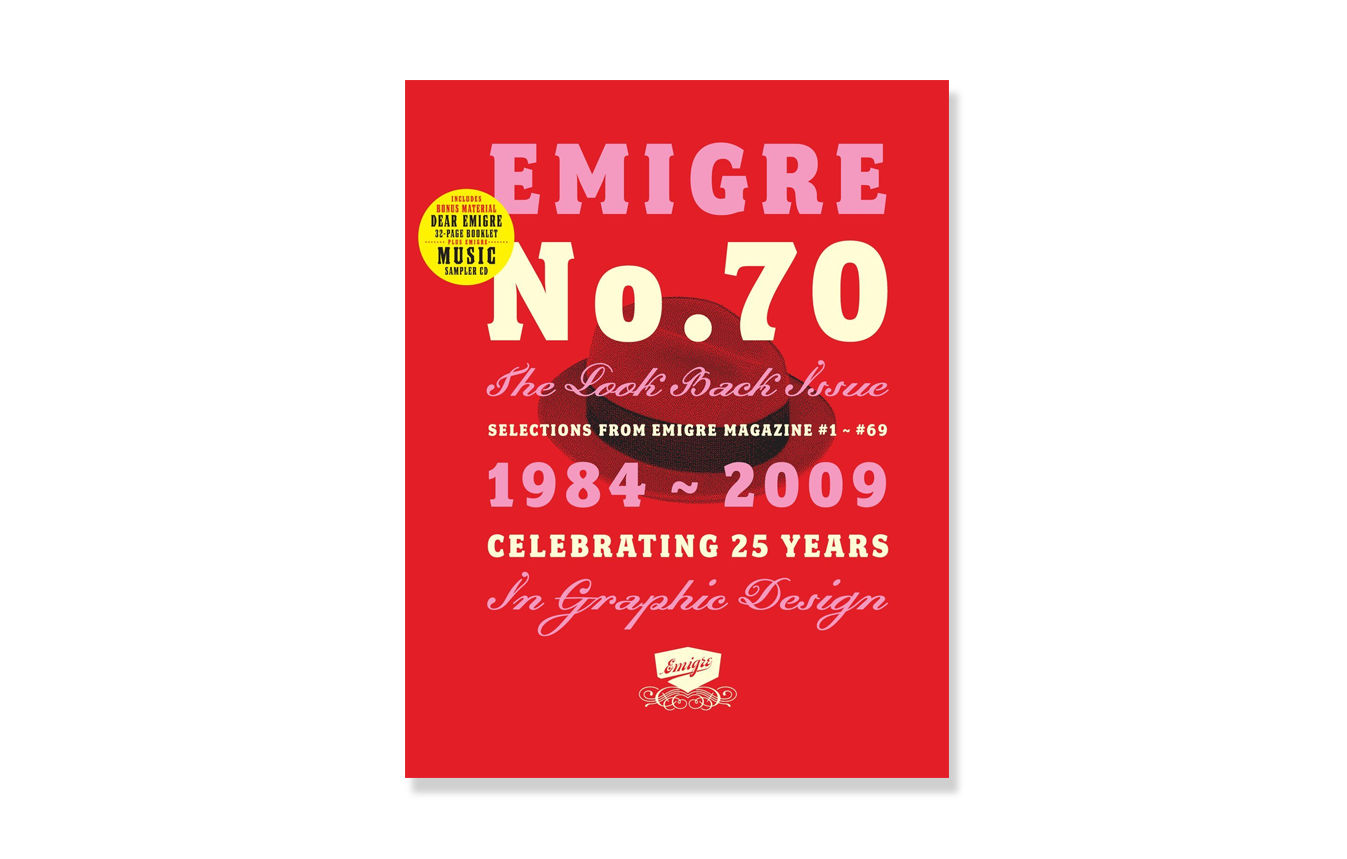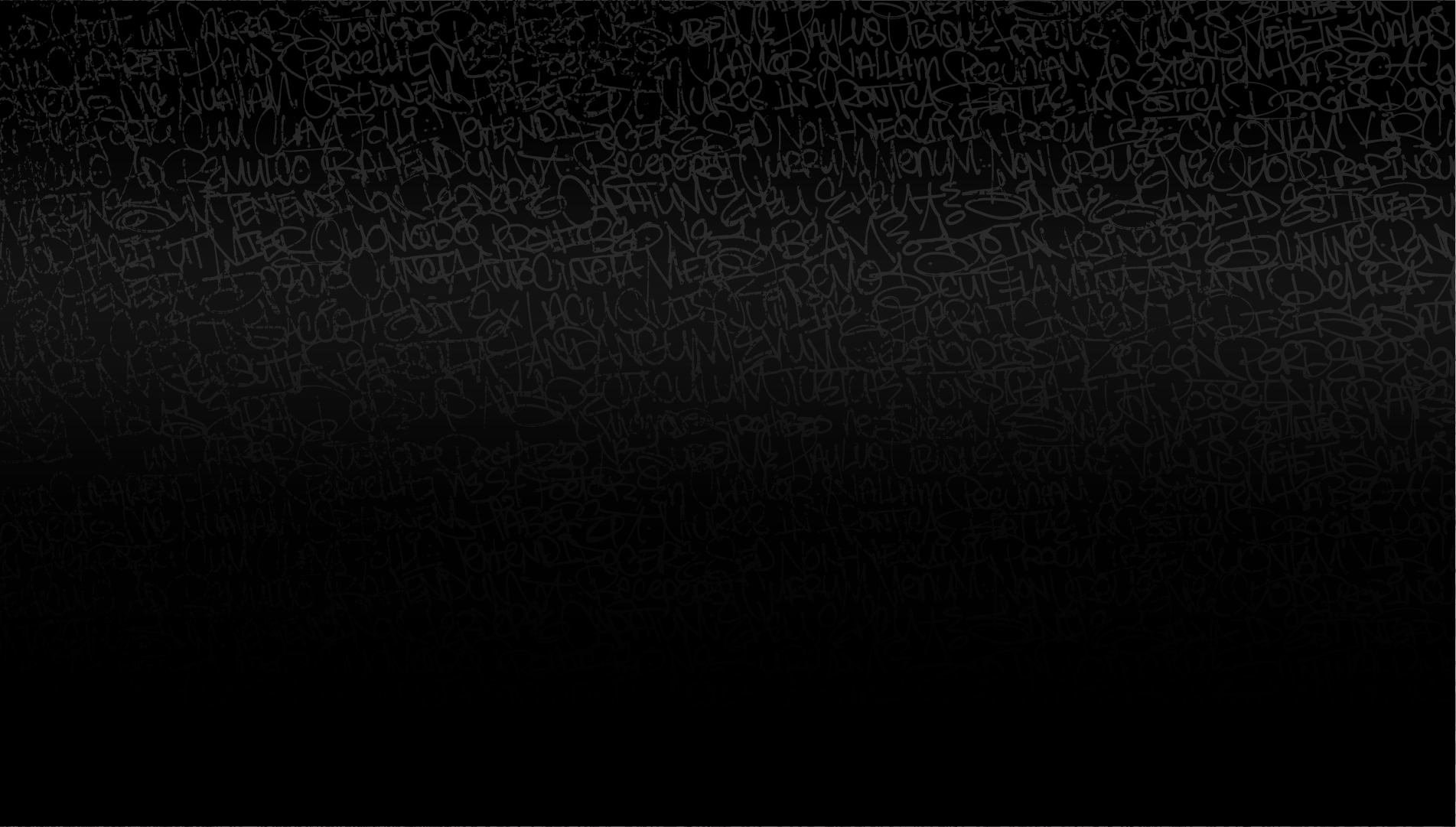
Resources
Many of these links will take you to various brand and ecom sites that Handselecta is not necessarily associated with.
Disclosure: Handselecta can earn commissions from qualifying purchases made at that site through some of these affiliate links.
The New Typography: A Handbook for Modern Designers
1987. Jan Tschichold
Since its initial publication in Berlin in 1928, Jan Tschichold's The New Typography has been recognized as the definitive treatise on book and graphic design in the machine age. First published in English in 1995, with an excellent introduction by Robin Kinross, this new edition includes a foreword by Rich Hendel, who considers current thinking about Tschichold's life and work.
Available at Amazon (paid link)
Understanding Comics:
The Invisible Art
1994. Scott McCloud
Praised throughout the cartoon industry by such luminaries as Art Spiegelman, Matt Groening, and Will Eisner, Scott McCloud's Understanding Comics is a seminal examination of comics art: its rich history, surprising technical components, and major cultural significance. Explore the secret world between the panels, through the lines, and within the hidden symbols of a powerful but misunderstood art form.
Available at Amazon (paid link)
Typography: An Encyclopedic Survey of Type Design and Techniques Throughout History
1998. Friedrich Friedl
An Encyclopedic Survey of Type Design and Techniques Throughout History. The most detailed and comprehensive survey and history of typography and alphabets ever undertaken, packed with 2,000 illustrations.
Available at Amazon (paid link)
Helvetica
2008
Letters of Credit:
A View of Type Design
2004. Walter Tracy
The revolution in typesetting - a revolution that over the past two decades has eliminated a five-hundred-year-old system of hot metal production and replaced it with one of photo-generated and computer-driven composition - shows no sign of winding down. This book, more than any other we know, traces the steps that went into that revolution and simultaneously makes the argument that the letter forms themselves are in process of evolution. Tracy argues that, whether they are of the sixteenth or the twentieth century, the forms that comprise our alphabet are subject to the same rules of good taste, proportion, and clarity that have always obtained. But what we face today is vastly different from fifty years ago. For the first time, new technology has made the proliferation (and, as some would maintain, debasement) of letter forms fast and easy (or quick and dirty.) With fifty years of professional experience on both sides of the Atlantic (including thirty years as head of type design for the British Linotype Company), Tracy is in a unique position to make this argument and arrive at his sad conclusion: the design of distinguished, contemporary typefaces is far outnumbered by the mediocre and downright bad. Part of the reason for this deplorable deterioration is a lack of critical analysis of the particular esthetics involved. This step-by-step examination of type-design esthetics is precisely what Tracy provides here, while avoiding both the promoter's hype and the manufacturer's claims. Here are the gut issues of what makes type good or bad, legible or unreadable. Extensively illustrated with both typefaces and line drawings, this book belongs on the shelf of anyone interested in thehistory of letters or in the artistry and peculiar problems that lie behind their production.
Available at Amazon (paid link)
Beautiful Evidence
2006. Edward Tufte
Science and art have in common intense seeing, the wide-eyed observing that generates visual information. Beautiful Evidence is about how seeing turns into showing, how data and evidence turn into explanation. The book identifies excellent and effective methods for showing nearly every kind of information, suggests many new designs (including sparklines), and provides analytical tools for assessing the credibility of evidence presentations (which are seen from both sides: how to produce and how to consume presentations). For alert consumers of presentations, there are chapters on diagnosing evidence corruption and PowerPoint pitches. Beautiful Evidence concludes with 2 chapters that leave the world of pixel and paper flatland representations - and move onto seeing and thinking in space land, the real-land of three-space and time.
Available at Amazon (paid link)
Thinking with Type
2010. Ellen Lupton
The best-selling Thinking with Type in a revised and expanded second edition:Thinking with Type is the definitive guide to using typography in visual communication. Ellen Lupton provides clear and focused guidance on how letters, words, and paragraphs should be aligned, spaced, ordered, and shaped. The book covers all typography essentials, from typefaces and type families, to kerning and tracking, to using a grid. Visual examples show how to be inventive within systems of typographic form, including what the rules are, and how to break them.
This revised edition includes forty-eight pages of new content with the latest information on:
• style sheets for print and the web
• the use of ornaments and captions
• lining and non-lining numerals
• the use of small caps and enlarged capitals
• mixing typefaces
• font formats and font licensing
Plus, new eye-opening demonstrations of basic typography design with letters, helpful exercises, and dozens of additional illustrations.
Thinking with Type is the typography book for everyone: designers, writers, editors, students, and anyone else who works with words. If you love font and lettering books, Ellen Lupton's guide reveals the way typefaces are constructed and how to use them most effectively.
Fans of Thinking with Type will love Ellen Lupton's new book Extra Bold: A Feminist, Inclusive, Anti-racist, Nonbinary Field Guide for Graphic Designers.
Available at Amazon (paid link)
Visual Explanations
2011. Edward Tufte
Describes design strategies - the proper arrangement in space and time of images, words, and numbers - for presenting information about motion, process, mechanism, cause, and effect. Examines the logic of depicting quantitative evidence.
Available at Amazon (paid link)
Matthew Carter:
My Life in Typefaces
2014
Designing with Type, 5th Edition: The Essential Guide to Typography
2006. James Craig
The classic Designing with Type has been completely redesigned, with an updated format and full color throughout. New information and new images make this perennial best-seller an even more valuable tool for anyone interested in learning about typography. The fifth edition has been integrated with a convenient website, www.designingwithtype.com, where students and teachers can examine hundreds of design solutions and explore a world of typographic information. First published more than thirty-five years ago, Designing with Type has sold more than 250,000 copies—and this fully updated edition, with its new online resource, will educate and inspire a new generation of designers.
Available at Amazon (paid link)
Emigre No. 70:
The Look Back Issue
2009.Rudy VanderLans
During the late 1980s and throughout the 1990s, graphic design was experiencing one of its most exciting and transformative periods. The Apple Macintosh computer had been introduced, design schools were exploring French linguistic theory, the vernacular had become a serious source of study and inspiration, the design and manufacture of typefaces was suddenly opened up to everyone who could use a computer, and for the first time in the United States, New York City was no longer the place to look for the latest developments in graphic design. And in Berkeley, California, across the bay from Silicon Valley, Emigre magazine, like no other, recognized the significance of the events, and became both a leading participant and a keen observer of this innovative international design scene, generating a body of work and ideas that still resonate today.
Fueled by Emigre s successful digital type foundry, the magazine became one of the most popular and controversial graphic design magazines of its time. 69 issues were published in a variety of formats, featuring in-depth interviews with fellow design trailblazers and critical essays by an emerging group of young design writers.
This book, designed and edited by Emigre co-founder and designer Rudy VanderLans, is a selection of reprints, using original digital files,
tracing Emigre s development from its early bitmap design days in the late 1980s through to the experimental layouts that defined the so called Legibility Wars of the late 1990s, to the critical design writing of the early 2000s.
Available at Amazon (paid link)
The Elements of
Typographic Style
2013. Robert Bringhurst
Renowned typographer and poet Robert Bringhurst brings clarity to the art of typography with this masterful style guide. Combining the practical, theoretical, and historical, this edition is completely updated, with a thorough revision and updating of the longest chapter, "Prowling the Specimen Books," and many other small but important updates based on things that are continually changing in the field.
Available at Amazon (paid link)
Envisioning Information
2014. Edward Tufte
This book celebrates escapes from the flatlands of both paper and computer screen, showing superb displays of high-dimensional complex data. The most design-oriented of Edward Tufte's books, Envisioning Information shows maps, charts, scientific presentations, diagrams, computer interfaces, statistical graphics and tables, stereo photographs, guidebooks, courtroom exhibits, timetables, use of color, a pop-up, and many other wonderful displays of information. The book provides practical advice about how to explain complex material by visual means, with extraordinary examples to illustrate the fundamental principles of information displays. Topics include escaping flatland, color and information, micro/macro designs, layering and separation, small multiples, and narratives. Winner of 17 awards for design and content. 400 illustrations with exquisite 6- to 12-color printing throughout. Highest quality design and production.
Available at Amazon (paid link)
Abstract: The Art of Design
2020
More Resources
